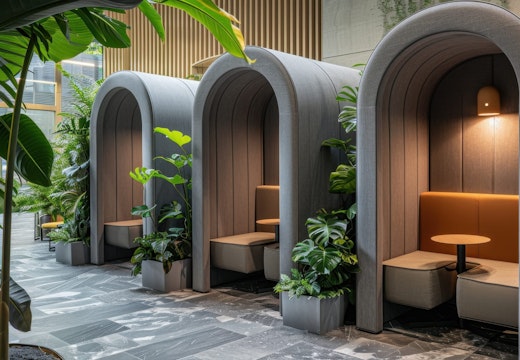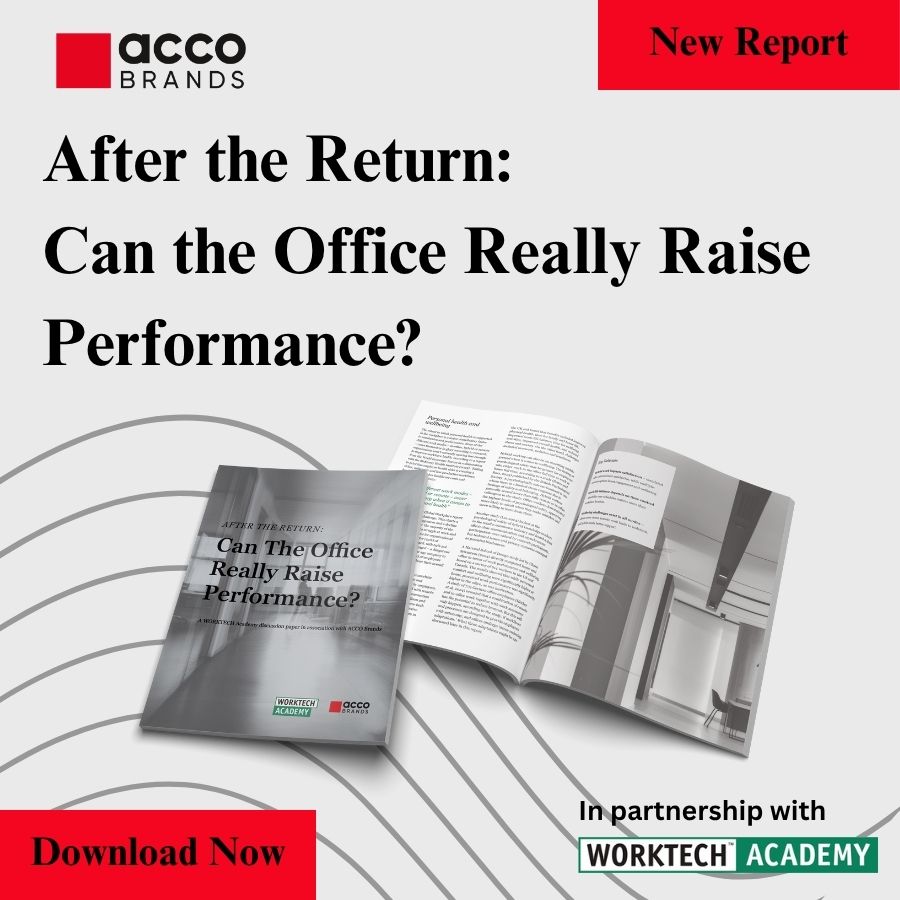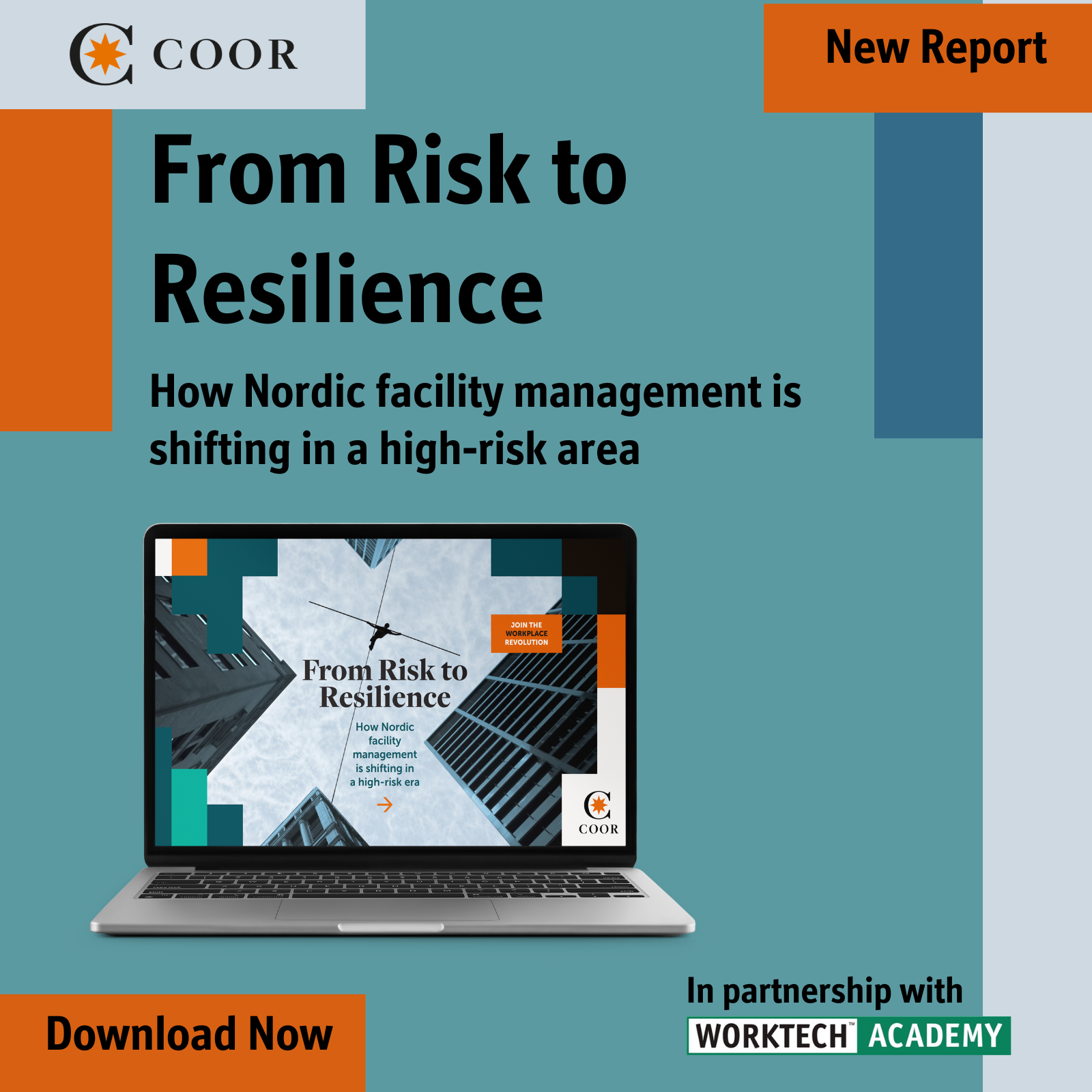Will we switch from activity-based to relationship-based working?
As organisations seek connection, collaboration and culture, a new concept in office planning places the emphasis on who people relate to at work rather than what they actually do
What should designers adopt as a governing principle to plan today’s workplace environments?
In the not-so-distant past, the answer was straightforward: efficiency was the overriding goal, so workspaces were designed along rational factory-line principles with desks in serried rows open to the scrutiny of an all-seeing supervisor.
Then came a rethink that prioritised human factors and social interactions, reframing the office as a community rather than a factory. The design focus switched from formal control to supporting the informal networks that make work happen with breakout spaces and proximity-based planning.
To reconcile business objectives with human needs, a third wave of workplace design emerged with the rise of globalisation and digital knowledge work. Offices became hubs for more agile work practices and firms in the networked era looked to activity-based working (ABW) as a model for workplace design.
Taking a new angle
ABW provides a variety of work settings to enable people to move about the workplace and carry out a range of different tasks during the workday, from collaborative activities to solo work. As a governing principle for design, it continues to be popular.
But what if offices were planned not on the study of what people do at work but on who they relate to? Instead of activities as the basis for design, human connections in the workplace provide the foundation for the office plan.
That is the idea behind ‘relationship-based work’, a new way of looking at workplace design that will not necessarily supplant ABW but nevertheless opens a new vista for design as more organisations seek connection, collaboration and culture. The term has been coined by global furniture design firm Miller Knoll.
Ryan Anderson, VP Global Research and Planning at MillerKnoll explains: ‘Just looking at activities as a basis for workplace design isn’t enough. Through our research and recent initiatives, it all points back to relational things. CEOs want better culture. Employees are looking for their closest colleagues to connect in ways that they can’t on video, but they also looking to reconnect with teams they’ve not seen for a while. People want better quality time with managers and leaders.’
Drawing on elements
Relationship-based work recasts the workplace as an environment where collaboration, trust and emotional intelligence coincide. MillerKnoll drew on elements of environmental psychology to devise its new model, examining place attachment, and strong and weak ties, to formulate its design approach.
One can argue that as a strategic framework, this relationship-based model is a lash-up of many things we’ve seen before. It recalls, for example, the Quickborner consulting team in Germany which pioneered the concept of Bürolandschaft (office landscaping) in the 1950s. This was planning based on study of communication networks – who was communicating with who.
But although Bürolandschaft acknowledged the importance of communication network theory, it was bound by the narrow spatial practices and technologies of its time. Today, there is a broader array of cultural practices and technological tools to support relationships as a ‘backbone’ of workplace design. That’s what makes MillerKnoll’s concept so intriguing and intelligent.
‘It makes sense to reimagine offices as relationship hubs…’
There’s another reason too. With AI now automating so many routine and repetitive tasks, employees will increasingly focus on work that requires creativity, problem-solving and interpersonal skills. In this context, it makes sense to reimagine offices as relationship hubs, prioritising spaces designed for collaboration, mentoring, community-building and peer-to-peer learning.
According to the latest research from Gallup, the number of US employees who strongly agree that they are treated with respect at work has fallen to a record low of just 37 per cent. This indicates a level of disengagement – termed ‘the great detachment’ – that could be addressed by a greater design focus on building relationships at work.
Will relationship-based work take off as the design planning concept to watch this year? It’s certainly ticks several boxes as office design continue to evolve at pace.
‘Relationship-based Work’ is one of 25 trends in WORKTECH Academy’s new report, The World of Work in 2025, which can be accessed here.








